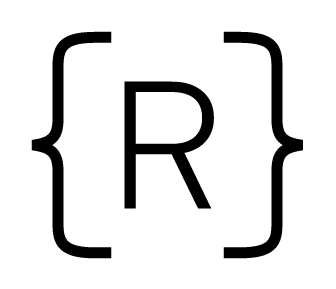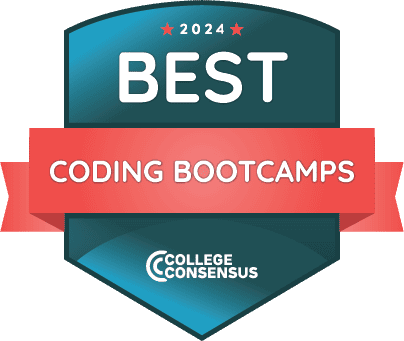We talk to a lot of potential students here at Rithm. Many of them are incredibly passionate about learning how to code, and value Rithm's unique program, including our focus on small class sizes and exposure to real-world projects.
Even so, there's a fair amount of competition in our space, and potential students are right to shop around before finding the right fit. And while a lot of the value we think we add is hard to quantify, for some students the choice of which school to attend really boils down to a numbers game. For those people, I've cooked up a little tool to help you make a decision about which school to attend (or whether you should attend one at all). Let's take a look!
Coding School Return on Investment
Below I have a little calculator which will compare two possible futures for you: one in which you attend a coding school, and one in which you don't. There are a ton of different considerations to take into account when making this decision; to keep things simple, I've just selected a few of the biggest (and easiest to model):
- Current Salary – How much are you making in your current role?
- Program Cost – For the school you're considering, how much will you have to pay?
- Program Duration – How many weeks is the program?
- Time to find a Job – After the program ends, how long do you expect it will take to find a job?
- New Salary – How much do you expect to make in that first role after the program ends?
Some of these values will be easier to estimate than others. But if you change any of these values, the model will adjust to show you how much you'll earn over time if you stay in your current role (purple line), or if you decide to go to a coding school and then search for a job (green line).
Here's the calculator; explore away!
Current Salary ($ / yr.)
Program Cost ($)
Program Duration (weeks)
Time to Find a Job (weeks)
New Salary ($ / yr.)
Note that the intersection between green and purple basically represents how long it takes for the program to pay for itself. Beyond that point, you'll be earning more by attending a bootcamp than by not. If the lines never intersect, then you should probably stick to the job you currently have .
While there are plenty of things to adjust in the graph, it's worth pointing out that the model makes a lot of assumptions that may or may not apply in your case. For example, it assumes that other external costs (e.g. cost of living) are the same in both scenarios, so that their effect can be ignored. But if you're thinking of going to school in a different city, or applying to jobs in a different city, this will add more complexity into the model. I also haven't accounted for interest rates in the event that you need to take out a loan; if you're considering a loan to further your education, you may need to bump up the cost of the program to account for the interest rate.
But even though the model is limited, there are still some important takeaways. Here are a couple:
-
Don't look at program length in isolation. The length of the program you attend is just one piece of the puzzle. Just as important, mathematically speaking, is how long it takes you to find a job afterwards. If one program is 10 weeks long but it takes candidates 12 weeks to find a job, while another program is 16 weeks long but prepares students to find jobs in only 6 weeks, then you should consider these programs as equivalent as far as duration is concerned, and move on to looking at other parts of the equation (e.g. cost, expected salary increase, and so on).
-
In general, up-front cost is less important than time to finding a job. Here are a couple of quick calculations. If you assume that you'll go from $60,000 to $90,000 per year after attending a bootcamp (not an unreasonable goal), then each $1,000 increase in program cost moves that intersection point back by about 1.7 weeks. However, each extra week it takes you to find a job will push the intersection point back 3 weeks.
At Rithm, we're confident that we can prepare students to find a job more quickly, and with a high median salary. If you're curious to know more about how we prepare our students for successful outcomes, feel free to shoot us an email or apply directly and schedule a call with our admissions director. We're happy to help you figure out which program is the best fit for you!
(Oh, and if you'd like to geek out over the model and tweak it more to suit your needs, here's a link to the graphs, equations and all.)



